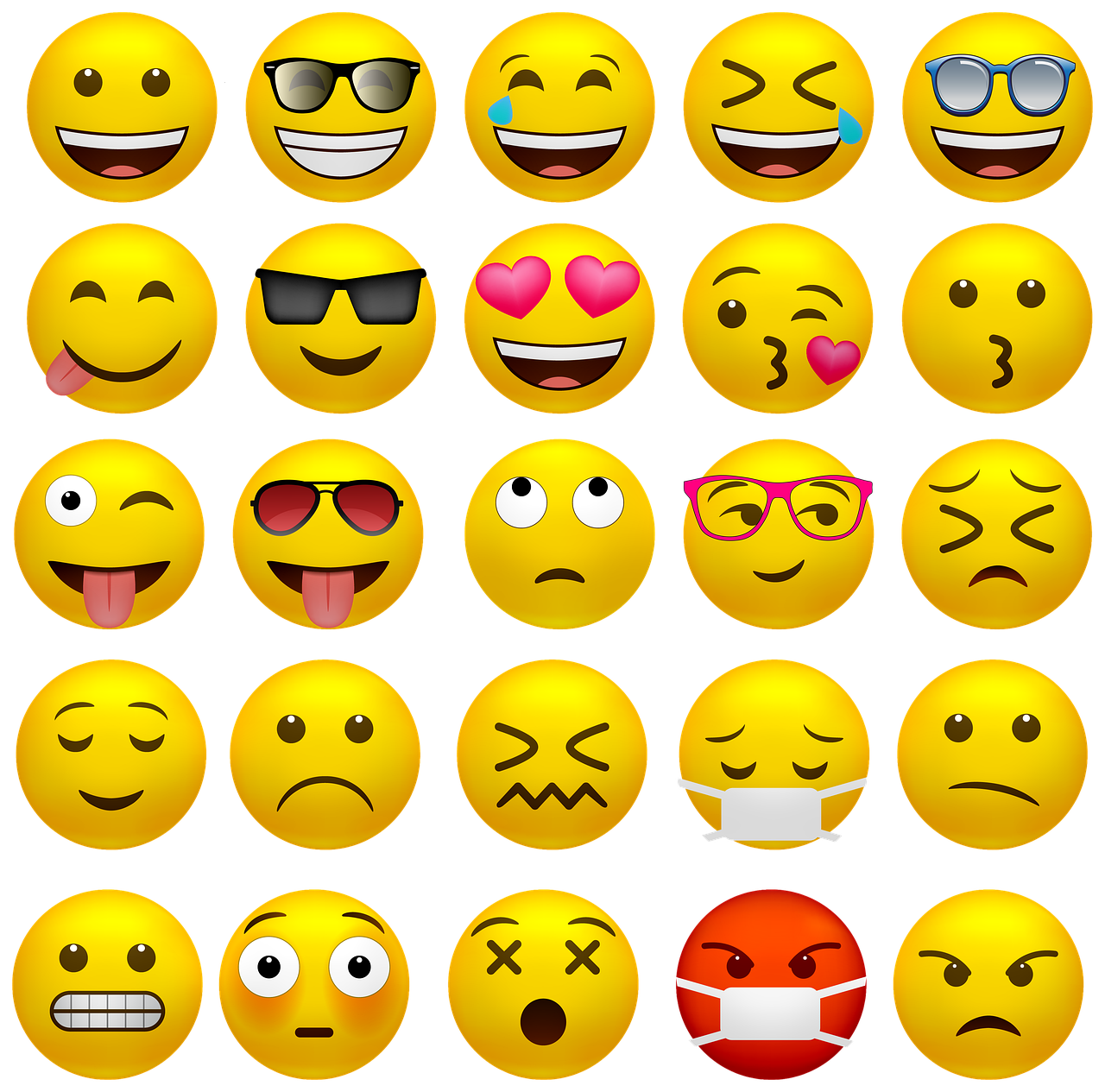We at the Harris County Law Library would be remiss if we failed to wish you a happy International Clown Week. People around the world spend the first week of August celebrating clowns. This most wonderful time of year has its roots right here in the United States of America, and is a fantastic example of citizen action turning a dream into a legal reality.
Though some debate surrounds its precise origins, American clowns began acknowledging August 1 through 7 as “Clown Week” at some point in the 1950s. In 1966, the then-President of Clown Club of America appointed Frank “Kelly the Clown” Kelly chairman of the organization’s Interational Clown Week initiative. Mr. Kelly encouraged membership to write to their legislators to request that National Clown Week become an official American holiday, and in 1969 a resolution was introduced through direct, targeted lobbying of Arkansas Senator John McClellan.
On October 8, 1970, Congress officially passed Public Law 91-442 requesting that the Executive Branch issue an offical proclamation that August 1 through 7 be adopted by the United States as National Clown Week in perpetuity. This dream became a reality on August 2, 1971, when President Richard Milhous Nixon officially proclaimed National Clown Week in Proclamation 4071. President Nixon would go on to resign three years later, almost to the precise day, on August 8, 1974. Perhaps he wanted to stick around for one more Clown Week.
Whatever Nixon’s motivations, this real American holiday was the result of patriotic clowns banding together to rally polticians to their cause at the highest levels. As we have written about before, despite their historic profession, clowns are not always covered by the legal protections one might expect. For example, with the status of their intellectual property unclear, clowns in the UK sought to protect their art through maintance of a registry known as “The Clown’s Gallery.”









